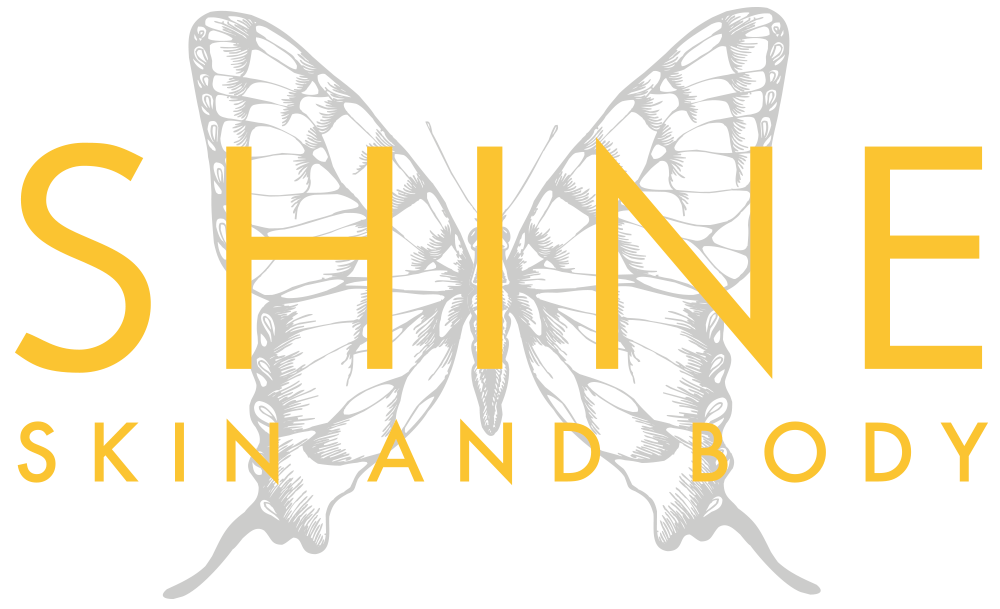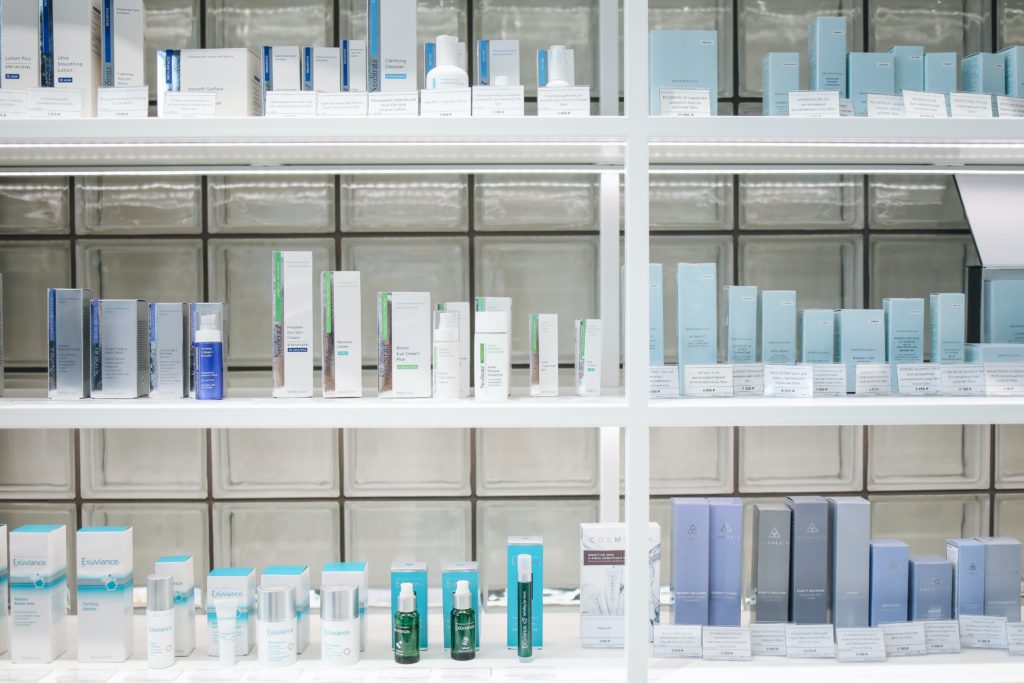acne advice, acne solutions page, acne treatments, extraction facial, Facials
Comedogenic and acnegenic explained
Understanding Comedogenic and Acnegenic Ingredients: What You Need to Know
You may have heard the terms comedogenic and acnegenic when it comes to skincare, but what do they actually mean? And how can you protect your skin from ingredients that cause breakouts?
What Does “Comedogenic” Mean?
Comedogenic ingredients are those that tend to clog your pores, leading to blackheads, whiteheads, and acne. Each ingredient has a comedogenic rating from 0 to 5, with 5 being the most likely to cause pore blockages. If you struggle with congestion or acne, it’s best to avoid ingredients with a rating of 4 or higher. For ingredients rated 3, consider how far down they appear on the ingredient list and how prone your skin is to acne.
What Does “Acnegenic” Mean?
Acnegenic ingredients not only clog pores but also cause inflammation, leading to blackheads, whiteheads, and pimples. These include the same pore-clogging ingredients as comedogenic ones, but also other irritants like fragrances and certain oils that can trigger acne breakouts.
How to Read Your Ingredient List
Just like food labels, skincare and makeup products list their ingredients in order of quantity, with the most prevalent ingredients at the top. For acne-prone skin, it’s important to focus on the top half of the list—this is where the highest concentrations are.
Keep in mind, not all comedogenic ingredients will cause breakouts for everyone. If you have dry skin and rarely get pimples, some of these ingredients may actually benefit you. However, if you start noticing more blackheads or pimples, it’s worth checking your makeup and skincare ingredient list to see if something might be causing the issue.
Comedogenic Ingredients to Watch Out For:
Here are some of the most common comedogenic ingredients we advise our clients to avoid if they are prone to breakouts:
- Coconut Oil
- Cocoa Butter
- Marula Oil
- Isopropyl Myristate
- Ethylhexyl Palmitate
- SLS (Sodium Lauryl Sulfate)
- Oleth-3
- Laureth-4
- Petrolatum (Mineral Oil)
Additional Ingredients to Avoid for Acne-Prone Skin:
- Lanolin: This moisturizing ingredient comes from sheep’s wool and is often found in creams. While it hydrates, it can also clog pores and trigger breakouts.
- Occlusives like Mineral Oil and Petrolatum: These create a barrier on the skin, sealing in moisture. While they’re great for dry or eczema-prone skin, they can trap oil and bacteria in oily or acne-prone skin, worsening congestion.
- Fragrances: Artificial fragrances can inflame and irritate sensitive or acne-prone skin, increasing redness and breakouts.
Simplifying Your Routine
We know keeping track of all these ingredients can feel overwhelming, but you don’t have to do it alone! When you book a Discovery Facial with us, we encourage you to bring in your current skincare and makeup products (or send us the list through our online consultation). Our therapists will review your products for pore-clogging or acne-triggering ingredients and give you personalized advice to help you make the best choices for your skin.
For quick ingredient checks at home, you can also use websites like www.incidecoder.com. This site lets you type in any ingredient and learn about its comedogenic and acnegenic potential.
Why This Matters
Choosing the right skincare products for your skin type can make a huge difference in preventing breakouts. Even products that are marketed as “good for acne” can contain ingredients that secretly clog pores or irritate sensitive skin. At Shine Skin and Body, we believe in helping you cut through the confusion with expert guidance so you can achieve the clear, glowing skin you deserve.


